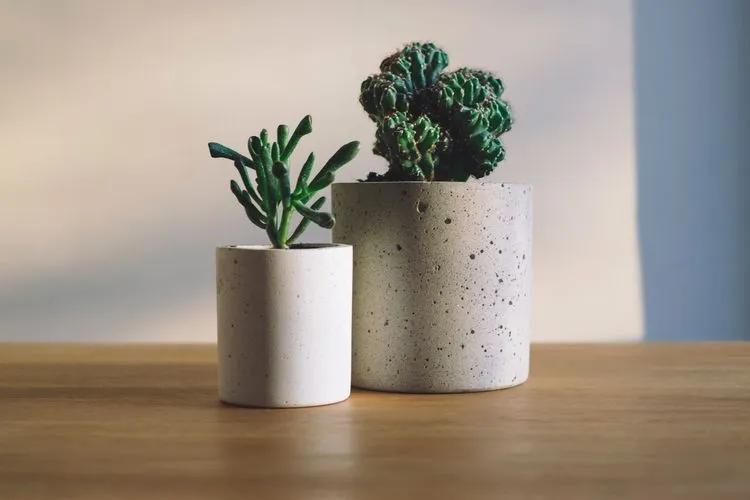 Having decided to have several indoor plants in your home, you need to purchase flower pots. A pot is not only a necessary accessory which you cannot do without, but also a magnificent decor. Pots will highlight the beauty of the plant, turning even the most ordinary-looking sprout into a bright interior accent. With the help of pots, you can set the tone for the entire style of the room, place key accents, and give a sense of completeness to the main idea of the stylistic solution.
Having decided to have several indoor plants in your home, you need to purchase flower pots. A pot is not only a necessary accessory which you cannot do without, but also a magnificent decor. Pots will highlight the beauty of the plant, turning even the most ordinary-looking sprout into a bright interior accent. With the help of pots, you can set the tone for the entire style of the room, place key accents, and give a sense of completeness to the main idea of the stylistic solution.
Basics
In a wide range of flower containers, you can choose a pot for a houseplant according to the material from which it is made, as well as in shape, volume and color. It is very important that this container is not only beautiful and fashionable, but also suitable for the given plant, taking into account its needs.
One of the main purposes of a flower pot is to protect the root part of the plant from drying out and coming into contact with the environment, which can negatively affect this part of the flower. But at the same time, it is necessary to choose a container of such material in which the roots of the plant can breathe freely. The best options are pots made of clay or other porous material. Although for some plants, containers made of other materials are also great - plastic, metal or ceramic.
The difference between clay and plastic pots is in the location of the drainage holes and in the variety of colors. In a clay pot, the hole is located in the center of the base, and in plastic containers there are several such holes and they are located around the circumference of the bottom. If we talk about choosing a container by color, then plastic pots are presented in a wide range of colors, which cannot be said about clay pots.
Basic requirements for flower capacity

- The container for a houseplant must have a drainage hole to regulate moisture in the soil and prevent water from stagnating in it.
- The volume of the container should correspond to the amount of substrate required for a particular plant, since it is the main source of nutrition for the plant. The amount of moisture and basic nutrients received by the plant depends on the volume of the soil mixture.
- The size of the flower container should correspond to the size of the root of the indoor flower. With a branched root system, the plant should be comfortable and convenient, and not cramped in the container. The development of the roots of the plant depends on the size of the pot, and, therefore, the life of the indoor flower as a whole.
- The flower pot or container should be stable, and its shape and size should only facilitate, not hinder, sufficient light and full development of the indoor plant. When growing even a few indoor plants, it is necessary to select pots that, first of all, are ideal for this plant, and they must also fit into the interior of the room.
Selection of a flower pot by size
When buying a pot, you need to consider the size of the indoor flower. The depth of the pot is selected individually depending on the type and variety of the plant, as well as on the shape and volume of its root system.
For high and lush plants, it is recommended to select clay flower pots, since the weight of their aboveground part can lead to the overturning of a light plastic container, especially when the soil mixture dries.
Most often, when choosing a pot, you need to pay attention to the diameter of its upper part. The container height and diameter should be approximately the same.
The volume of the purchased container or container for an indoor flower that needs transplantation should be oriented towards the volume of the plant's root system. If the root occupies the entire space of the container or even grows into the drainage holes, and even more so it braids the entire earthen ball, then a new pot should be chosen two to three centimeters larger in diameter.
A flower container that is much larger than the root of the plant in volume can harm a house pet. In such a container, moisture will stagnate, and this is dangerous for the development and growth of roots and the entire plant. Containers of such volumes are recommended only for growing fast-growing plants, in which the root system is branched and powerful in size.
Using flower containers
- Containers for flowers and plants are used:
- As a drip tray and humidifier.
- For flower arrangements and joint planting.
It is important to remember that a properly sized pot will ensure the healthy growth and development of your plant or flower in your home.
